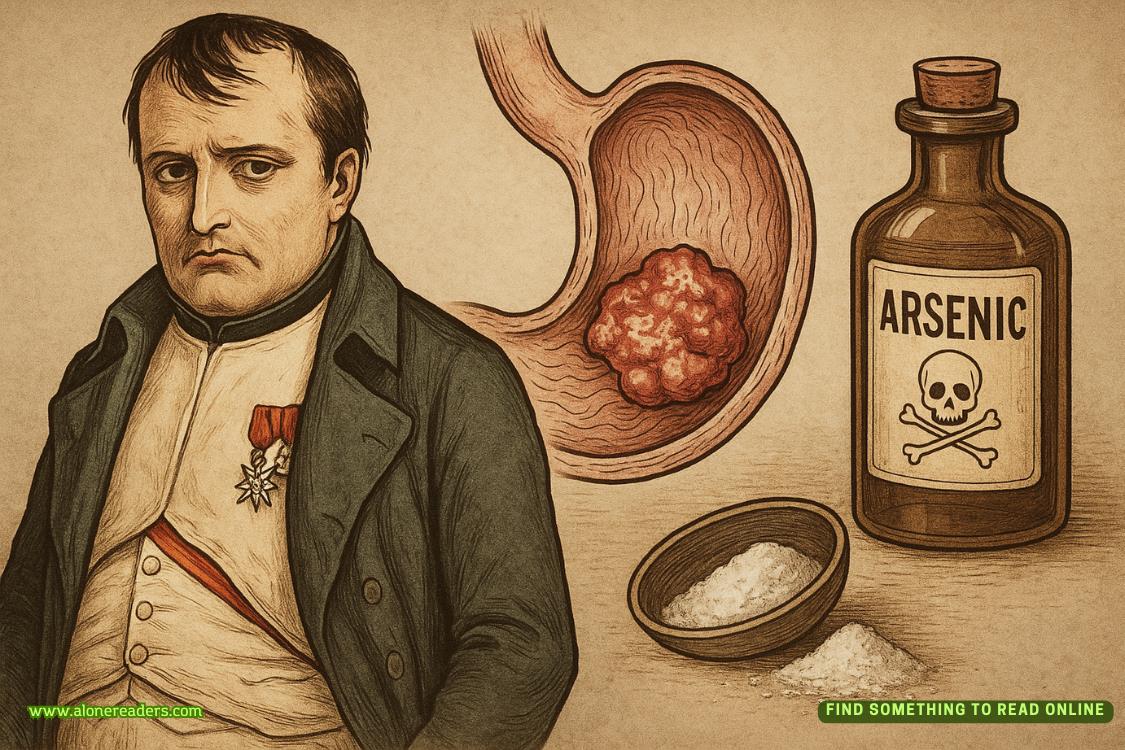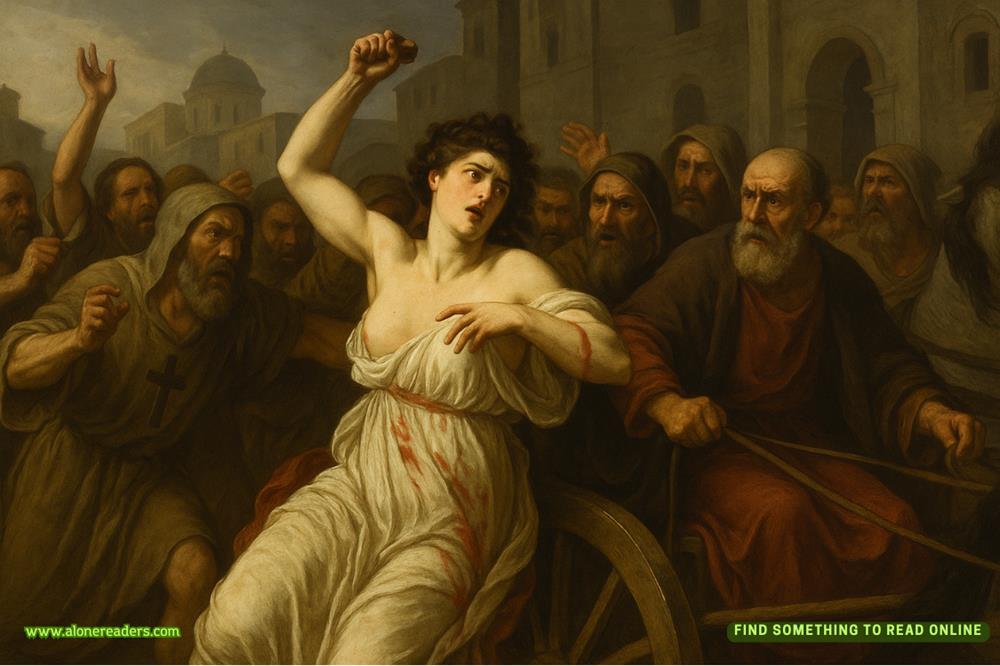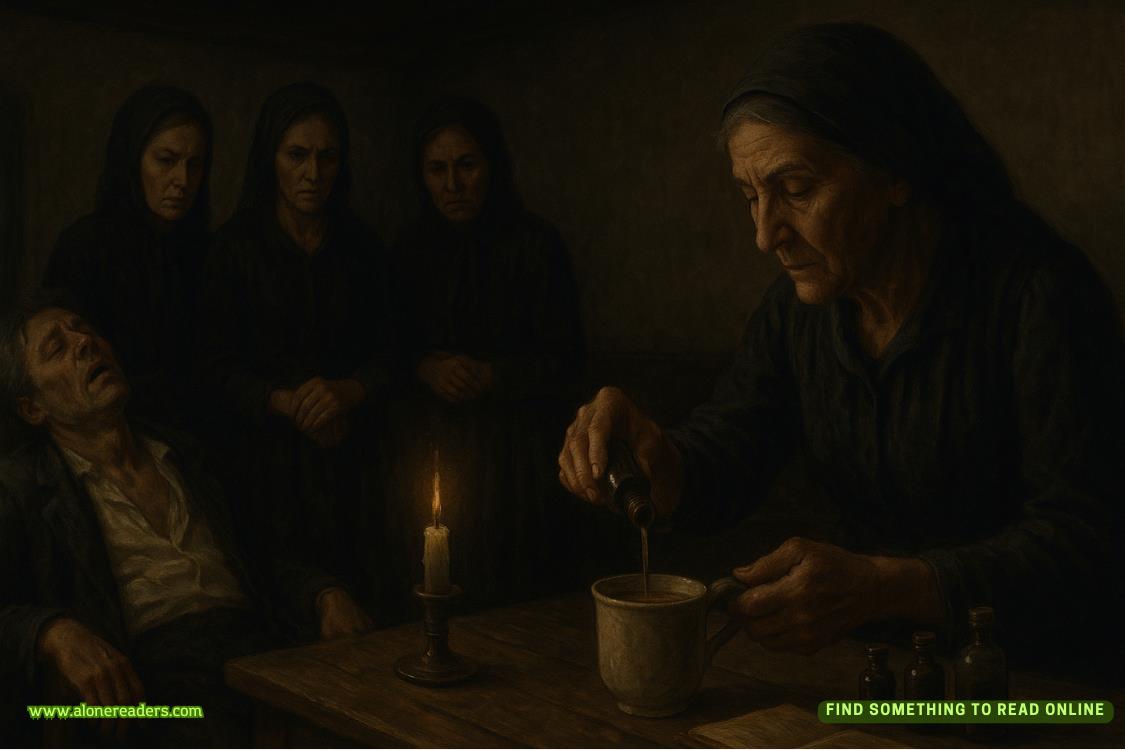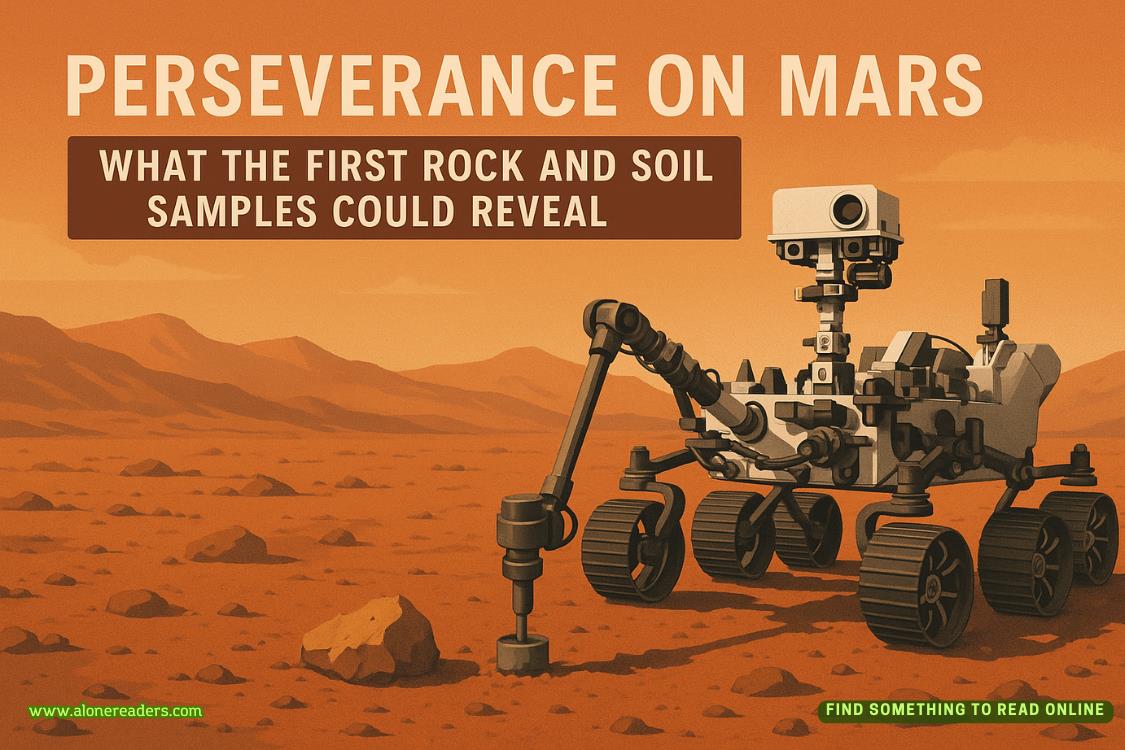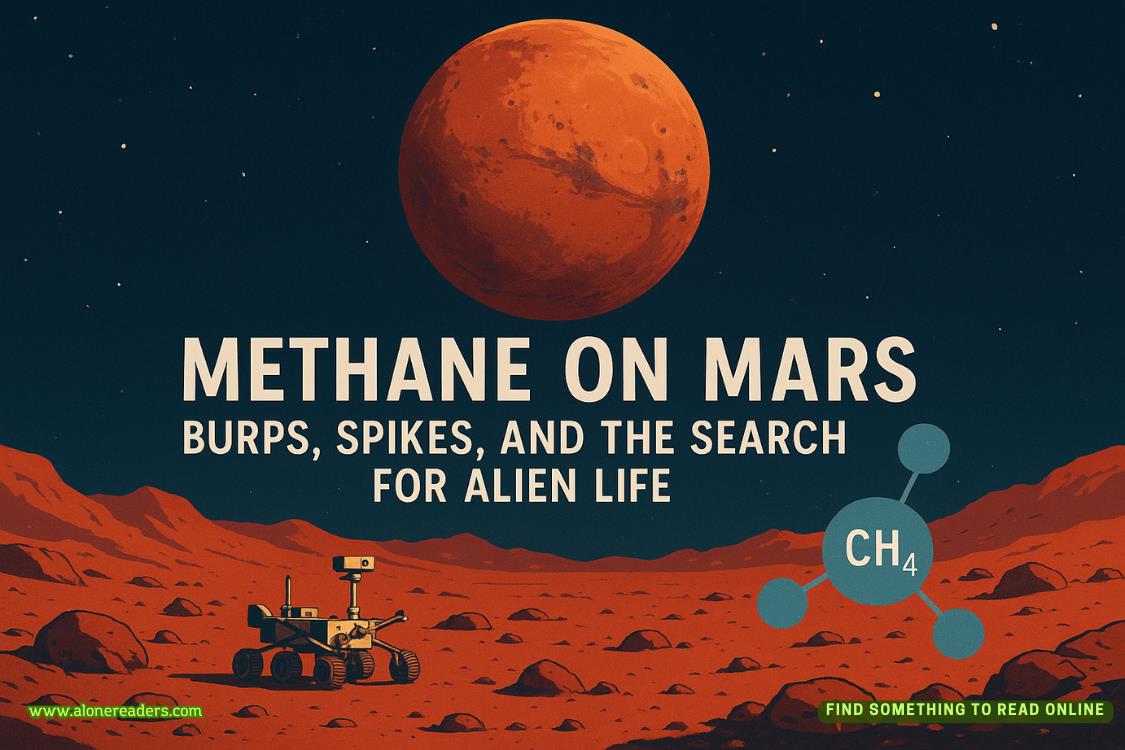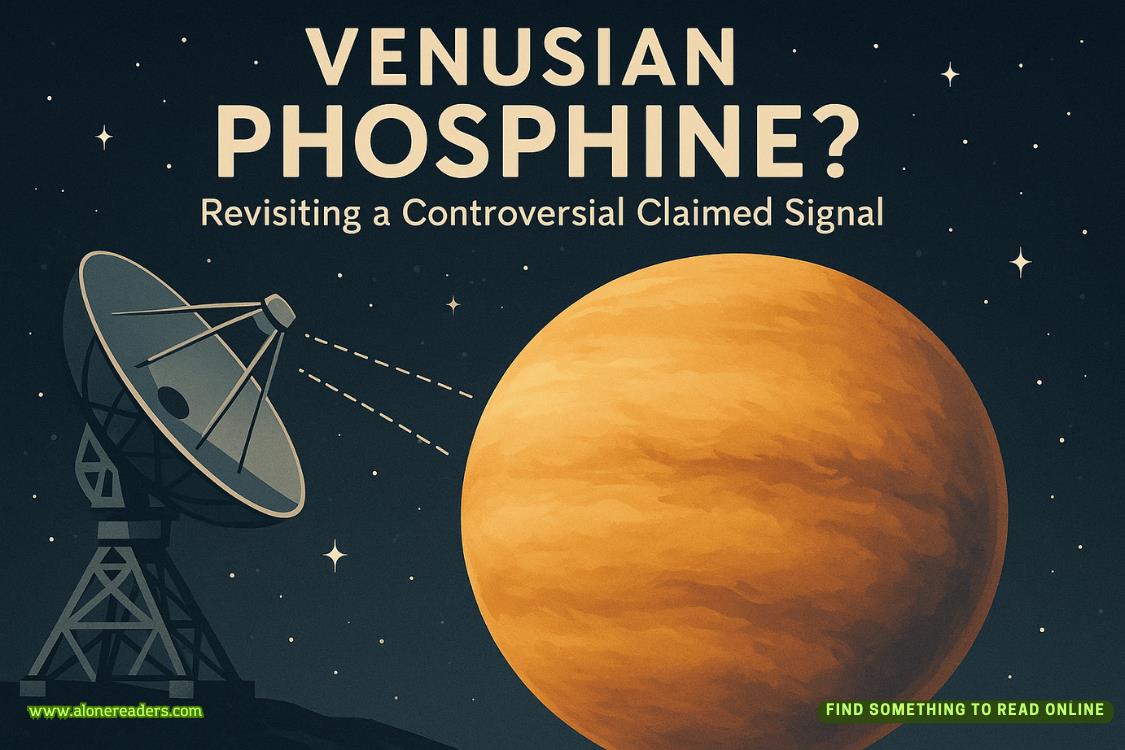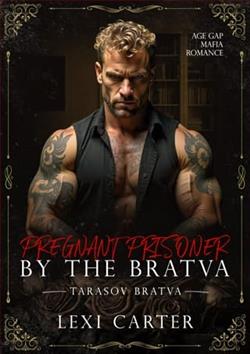Page 44 of The Oligarch's Daughter
“No! The one I have now is perfect. I wouldn’t want it any bigger. It would be too heavy.”
Ten million bucks at least for a seventy-carat diamond ring. Maybe more. He had no idea. He was glad Tatyana didn’t want something as big as her stepmother’s. Or even close. He was doing well, and banking a lot, but he didn’t have that kind of money.
He wondered, for the first time—but not for the last—what he’d gotten himself into.
28
It was Monday, and Paul was starting the week hungover. He popped a handful of Advil. There was nothing he could do about the circles under his eyes. His head pounded.
He’d begun to wonder if Galkin had been drunk, too, when he offered to invest fifty million dollars with Aquinnah. But the morning after the meeting in the Russian’s study, Bernie Kovan knocked on Paul’s office door.
Fifty million bucks had shown up in Aquinnah Capital’s Partners Fund Number Three. Attention: Paul Brightman.
What the hell was this?
Paul explained that Tatyana’s father, his future father-in-law, wanted to invest with him. But the fund wouldn’t be open for a while, and there was a waiting list of investors who wanted in. Because Paul was a star, Bernie was willing to make an accommodation.
“So you’re marrying into the Galkin fortune,” Bernie said. “Mazel tov.” He wasn’t smiling.
Paul nodded.
“I wonder what you’re stepping into.”
Paul tried to grin, but it came out looking more like a grimace. “He’s a good guy,” he said.
“Uh-huh,” Bernie said as he turned to leave.
*
But how Paul would invest the money, he had no clue.
Until a weather report gave him an idea.
It was a news dispatch on Bloomberg Radio about a cyclone forming in the Indian Ocean near eastern Africa. Ordinarily, it was the sort of news he didn’t pay attention to, as it involved a part of the world he knew little about. But then he remembered how, at dinner a few weeks ago, that know-it-all Arthur had gone on and on about vanilla beans, and it made him think.
He did some quick research, then he stopped by the office of one of his senior colleagues, Pete Ambrosino. Pete, who was in his forties, beefy with a chafed face and little wire-rimmed glasses, was a good-natured, fairly nerdy commodities trader. That meant he bought and sold things like lumber and gold and sugar and uranium and pork bellies—real stuff, unlike stocks, which were basically financial promises. As far as Paul understood commodities, you were buying and selling these concrete objects based on what you expected their price to do. Will the price of oil go up next March or go down? That sort of thing.
“Got a minute?” Paul asked Pete. His headache had finally disappeared.
“I’m just going cross-eyed staring at gold futures, so, yeah, I have a minute,” Pete said. “I have an hour. I have hours.”
“Ever trade vanilla futures?”
“Vanilla?” Pete cocked his head. “No such thing.”
“You can’t buy futures in vanilla beans the way you can with, like, silver?”
Pete shook his head. “Market’s too small.” He tapped at his keyboard. “The global market for vanilla is . . . around a billion dollars. Way too small for futures.”
“So if you’re convinced the price of vanilla beans is going to go up, how do you make money on it?”
Pete closed his eyes, tipped his head back, and bared his teeth. That was what he did when he was thinking hard. “Who uses vanilla beans? Like, Häagen-Dazs?”
“They’re owned by General Mills,” Paul said. “The price of vanilla beans, up or down, is barely going to move General Mills stock at all. Then there’s the Nestlé corporation, but that’s probably too big, too. Same issue—vanilla’s not going to move the needle much. All right, so who does General Mills buy vanilla from?”
Pete’s fingers danced over the keyboard like a concert pianist playing “Flight of the Bumblebee.” “They buy it from a company called Beatrice Cade Extracts and Flavors,” he said, “and that’s a publicly held company. Then there’s the Nelson-Holcroft Vanilla Corporation. They’ve got to be big into vanilla beans.”
“Sounds like it,” Paul said. “I mean, turns out vanilla is in, like, everything. It’s in pharmaceuticals, perfumes, cosmetics, baked goods, beverages, chocolate, baby food, whiskeys—all over the place.”
